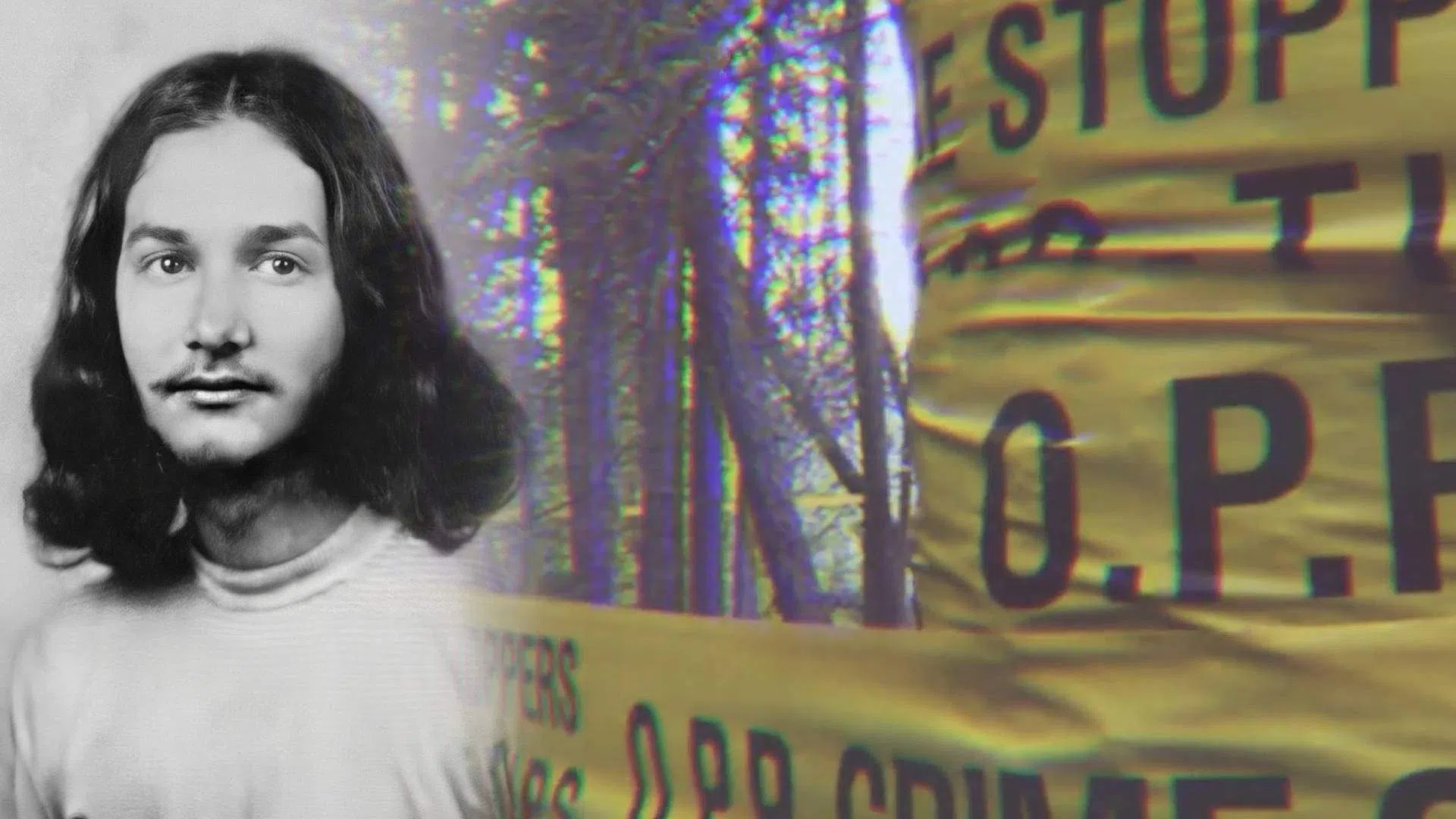
Ricky was described as a "kid of the 60s" with long hair, bell-bottoms and a guitar slung over his shoulder. | Photo Credit: OPP
It was spring of 1980 when a hiker stumbled across a disturbing discovery in Algonquin Park.
On Saturday April 19, the hiker found human remains by the Hardwood Lookout trail.
Following an extensive search by the Whitney OPP detachment, more human remains as well as some belongings were located.
Some clothing, a boot, a leather wallet, a sleeping bag and camping gear were found on the scene.
It was determined the remains came from a white male aged 18-21 and he died some time in 1978.
Despite labourious identification efforts, including additional remains found in 1995 that were a genetic match, the case remained unsolved for over 40 years.
However, thanks to modern DNA analysis the man’s presumptive identity was determined by September 2023 and police compared the DNA with individuals presumed to be his family.
After a conclusive report, the man was identified as Eric (Ricky) Singer of Cleveland, Ohio.
O.P.P. lead investigator Philip Holmes, said identifying Singer’s remains “was one of the most rewarding investigations of my career.”
“Eric Singer’s remains were found before I was even born, the fact that I’m involved in supporting his family in understanding what happened to him feels a little surreal,” Holmes said.
“This case demonstrates the incredible results that are possible when modern investigative tools, such as investigative genetic genealogy, are used to resolve historic cases and provide long-awaited answers to families,” he said.
Singer was last seen at his parents’ home in Berea, Ohio on Thursday, Oct. 4, 1973.
Merry Singer, Ricky’s younger sister, said it was difficult to materialize the situation because of the mystery.
“Up until this time I never felt sad because it had been such a long time and you get numb to it,” Merry Singer said.
“This cuts through. I’m honoured, I’m humble, I’m grateful he was eventually found,” she said, “he was identified and we were able to put him to rest and put ourselves to rest.”
(Written by Mik Horvath)


